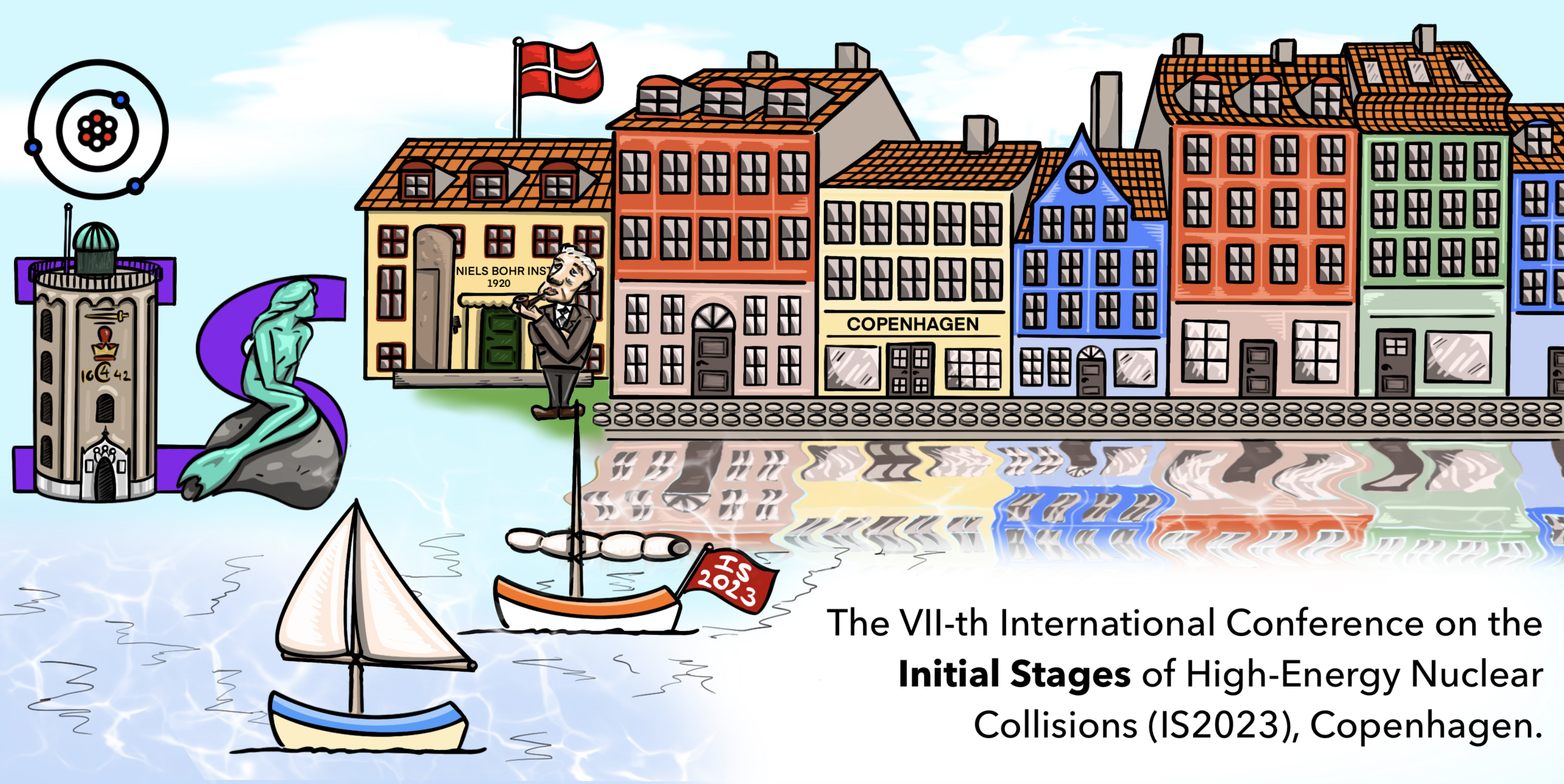Speakers
Description
The largest uncertainties in modelling of heavy-ion collisions arise from mechanism of energy deposition in initial state. Most models assume colliding ions as transparent objects, during collision of which, spectators fall at large pseudorapidities and have no correlation to final state particle production close to mid-rapidity. On the other hand, in low energy heavy-ion collisions, the influence of spectators towards overall pseudorapidity distribution of produced particles has been reported. Model studies as well as experimental measurements at LHC have shown a considerable shift in the rapidity of the participant zone arising from initial state participant/spectator number fluctuations even at
In this work, we will report the measurements of Pearson correlation between number of spectators and final state charged particle multiplicity in different pseudorapidity (
| What kind of work does this abstract pertain to? | Theoretical |
|---|---|
| Which experiment is this abstract related to? | Other |

